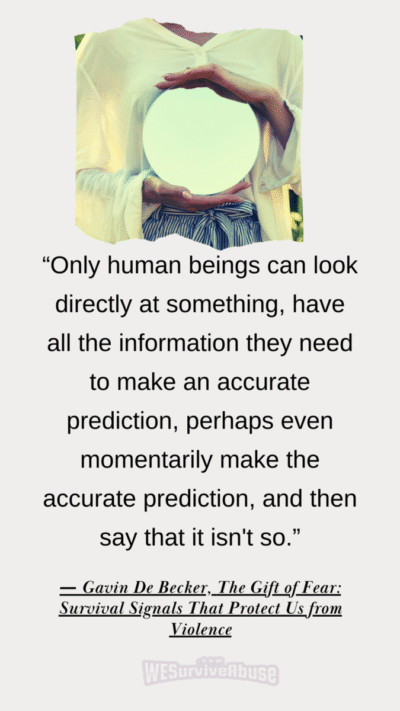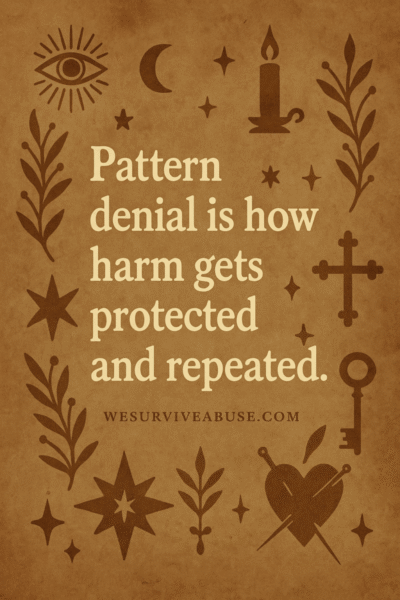Some truths are not too complex to understand—they're just too inconvenient to admit. Even toddlers can identify patterns. I once babysat a precious
 Some truths are not too complex to understand—they’re just too inconvenient to admit.
Some truths are not too complex to understand—they’re just too inconvenient to admit.
Even toddlers can identify patterns. I once babysat a precious little girl who would simply run up to me, point to her sisters, and yell, “Her!”
Translation: They did it again. Make it stop.
She didn’t need fancy language. She had clarity.
Now imagine if I played dumb and made her explain again. And again. And again.
That would make me the villain, right?
We laugh at pattern recognition in funny cat videos. We praise it when detectives solve crimes. We teach it in schools: “A, B, C… what comes next?”
Patterns are how we make sense of life.
🧠 So why do people act brand new when it comes to patterns of harm?
Why do some people feign confusion when a woman says, “He’s done this before” or when a Black person says, “This is not the first time”?
Let’s be honest.
Harm always has a pattern.
Whether it’s domestic violence, stalking, racism, sexual harassment, rape, or femicide—it rarely comes out of nowhere.
Think about it:
-
Courts of law rely on patterns to convict abusers and criminals.
-
Social media thrives on identifying trends and behaviors.
-
Teachers spot patterns in learning. Parents spot patterns in tantrums.
-
Survivors spot patterns in abuse.
But only one of these is treated like it’s not real.
And when Survivors speak out?
They are met with the same handful of dismissive responses, dressed in different clothes:
-
“What’s the big deal?”
-
“You’re being dramatic.”
- “If it were me…..”
-
“Well, maybe they didn’t mean it like that.”
-
“It only happened once—let it go.”
-
“But they’re nice to me…”
-
“Maybe you’re just too sensitive.”
- “I don’t care so maybe you should not care.”
-
“Everyone makes mistakes.”
 💡 Let’s be real: Pattern denial isn’t naivety. It’s strategy.
💡 Let’s be real: Pattern denial isn’t naivety. It’s strategy.
It’s an willful way to protect abusers, not the abused.
It’s how people gaslight not just one person, but entire communities.
And for Survivors trying to claw their way out of the fog—that denial cuts deepest.
Because pattern denial isn’t just careless.
It’s sinister.
It’s intentional.
It’s a form of betrayal.
📌For Victims of the Specific and Individual Acts of Harm, Confusion is Valid.
When you’re in the middle of trauma, clarity doesn’t come easy. You’re in survival mode, grasping for air that won’t poison you.
But those who claim confusion after the pattern of harm against others has been laid out in full color—
those who pretend they just can’t see it?
They are not confused.
They are complicit.
🔔 Pattern denial is how harm gets protected and repeated.
So when someone shows you they refuse to see the pattern, believe that pattern too.
Some people play dumb to avoid accountability.
And some of us don’t have the luxury of pretending.